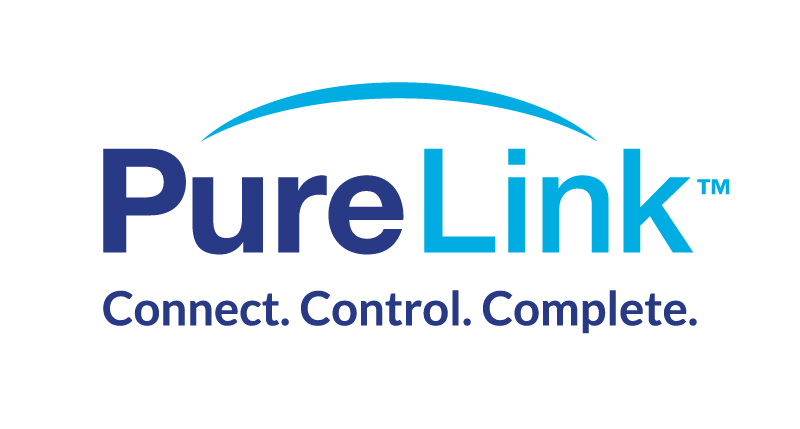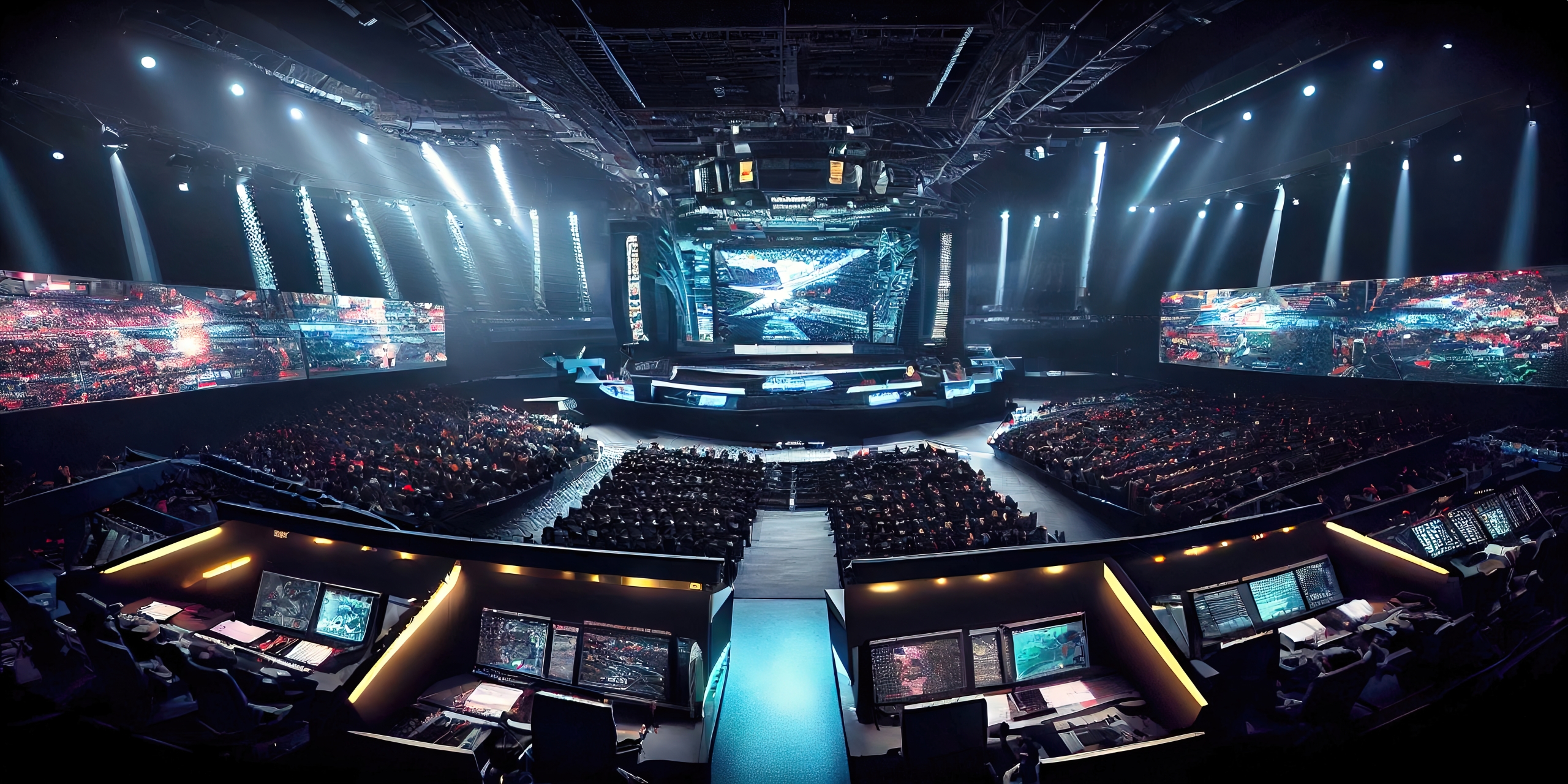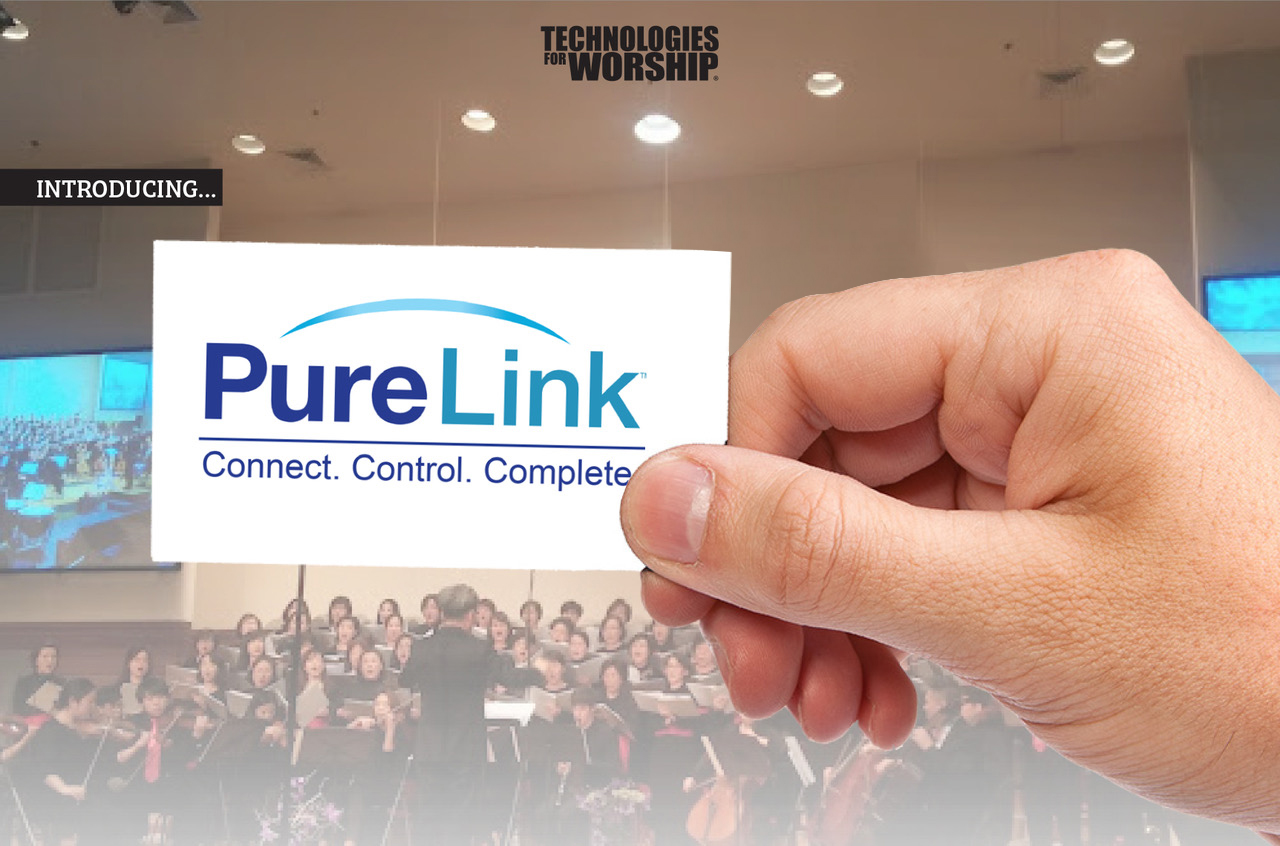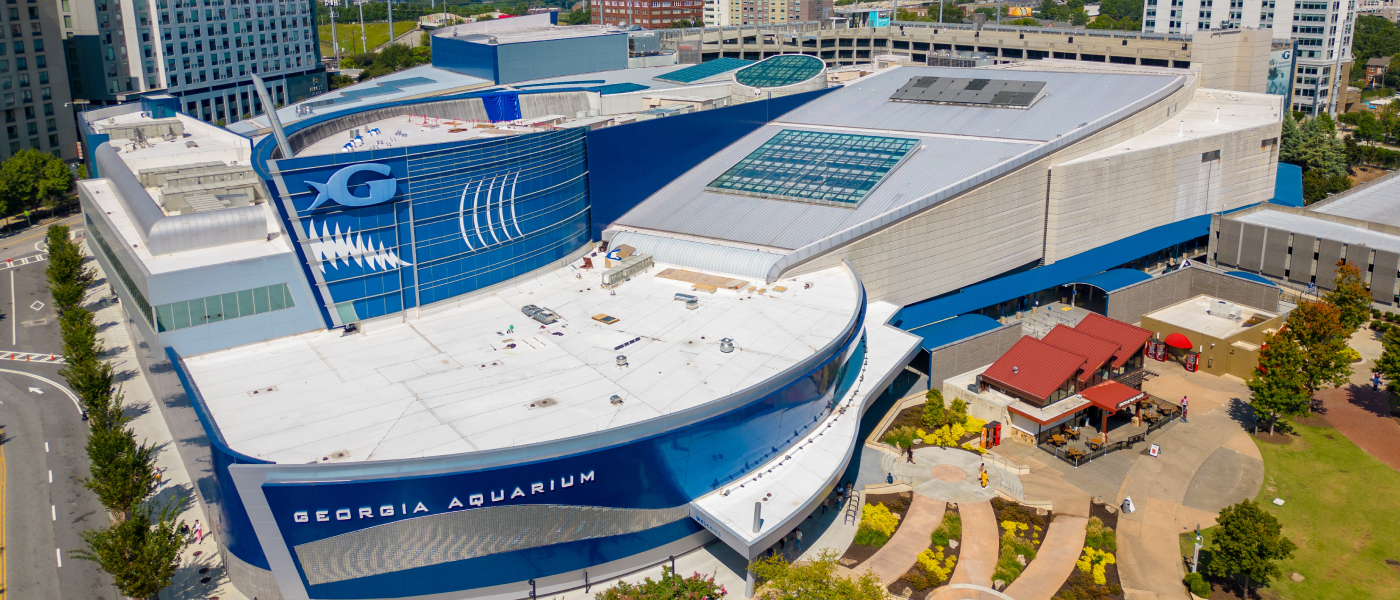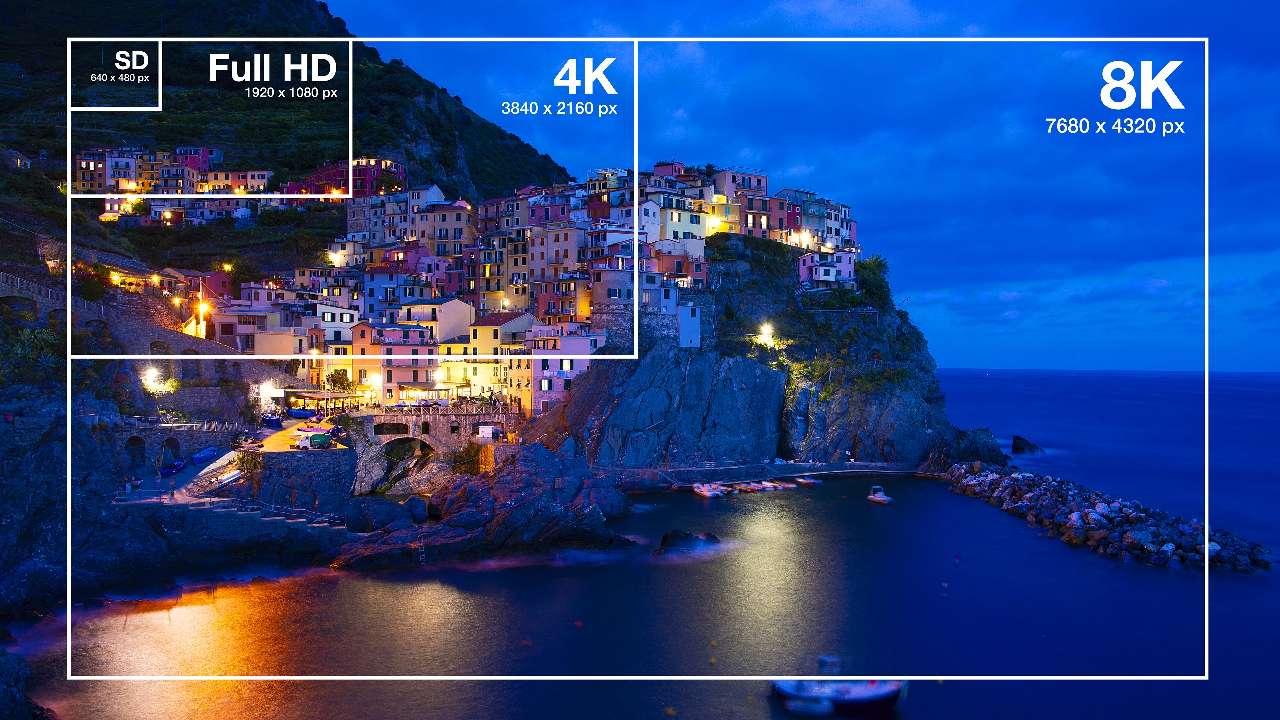Challenge:
VCA, a global technology integrator, was selected to install a variety of AV products in the newly remodeled large meeting space of an international organization. The group that meets in this space is the main deliberative, policymaking and representative organ of the organization. This room is extremely vital to organization’s operations and is a highly visible room within the headquarters; heads of state routinely meet in this space, countless news outlets broadcast those meetings to be seen around the world. Because of the historical nature of the room, the remodel was done to preserve the original look of the space; to the naked eye it appears almost identical to how it looked prior to the renovation. The layout of the room includes approximately 500 delegate microphone seats, and an additional 1500 listen-only seats.
The most challenging facet of the project was an extremely stringent timeline. From the time the contract was awarded, VCA had four months to receive client approvals of the system, procure products, install the entire system, quality test, and train the client’s employees. The construction project was challenging and created several delays, this resulted in a greatly diminished installation time for VCA. Jobs of this magnitude typically take six months or longer to complete. The completion date was set in stone; everything had to be finished by September 15, 2014, as 193 world leaders were set to meet in the room.
Project:
The project required the integrated systems to support the organization’s campus wide systems; these systems also provide feeds to major news outlets. This was accomplished via leveraging both broadcast and professional audio-video technology solutions to work as one. The conference room provides redundant audio and video paths into the broadcast center for both archiving and live distribution available to all media and news outlets. The broadcast center has multiple routable tie lines in and out of the conference room to enable overall campus wide features.
The audio systems contain products from QSC Q-sys, Yamaha CL-series used for mixing, processing and video conferencing, Taiden HCS 8300-series for Congress Microphone and Simultaneous Interpretation, Renkus-Heinz ICII-R steerable arrays and Bag End subwoofers for room sound re-enforcement. The Purelink PM-series routers provided transport and stereo audio feeds into QSC. QSC and Taiden are redundantly linked via analog and AES audio while QSC and Yamaha are digitally linked directly via a 64×64 Dante™ audio transport bridge. QSC Q-sys campus wide audio network provides 16-channel program audio directly into the centralized broadcast router and embedded into the HD-SDI stream.
The video systems contain products from Telemetrics Legislative robotic camera systems, Hitachi cameras, Canon lenses, Ross Carbonite production switcher and Purelink PM-series cross platform routers. The video production can be fully automated and varying levels of automation down to full manual production. This automation is enabled by Taiden congress systems sending microphone identification signals to Telemetrics. A mic identification event then triggers Telemetrics to control pan-tilt-zoom of cameras as well as switching Ross Carbonite preview, program and aux outputs. Each of six installed cameras has hundreds of programmed presets. These robotic cameras can also be supplemented with ENG manned type cameras on the floor of the conference room. Notably the rooms video switching is also integrated with the campus wide Tally control system from Image Video.
Finally Crestron PRO3-series provides a highly complicated and campus-wide deployment as a top-level control system. This allows intricate configurations to be executed in seconds and helps greatly in reducing demand on the operator’s obligations, permitting them to focus on quality of production. Crestron is the key component allowing this and other conference rooms to be remotely operated from the Conference Control Center.
Results:
At its completion, this project consisted of 6 full equipment racks located near the control room. A single operator can operate the systems within the control room, or the functions can be split between up to five total operators depending on the specific requirements of the production event. Additionally, the systems are fully operable from the organization’s centralized production control rooms. There is even the ability to split control between the local control room and the centralized control room. This massive undertaking was completed on time, despite the drastically diminished timeframe. This installation provides the organization with a sophisticated system that delivers the critical conferencing, interpretation, and broadcast features they require, while also supporting flexibility in how and from where the system is controlled.
Total Project Value:
$37 million

